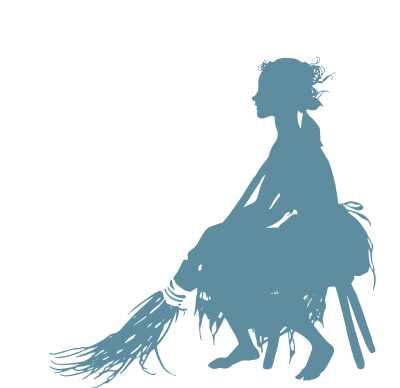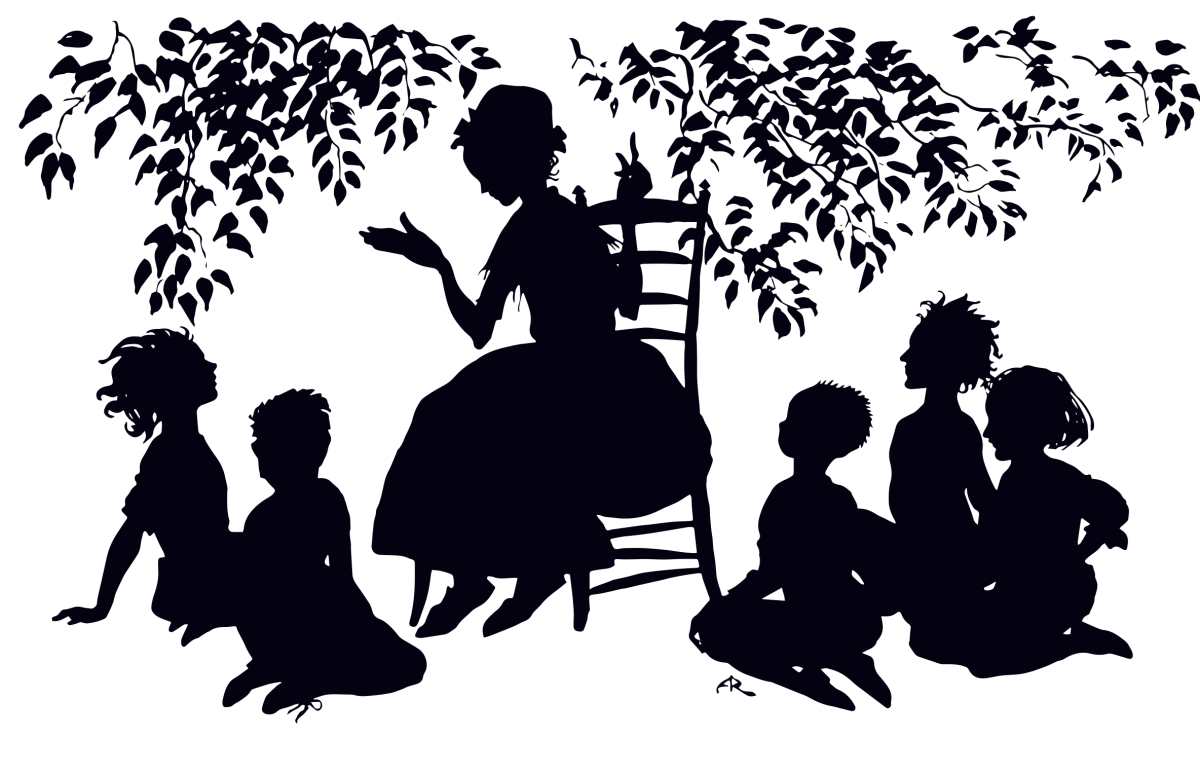Reviewer Mya Alexice Talks Female Transformation with Rebecca Solnit, Author of Cinderella Liberator

Fairy tales are powerful mojo—entertaining, yes, but also capable of shaping young minds in enchantingly propaganda-like ways. As stories, the best of the tales succeed when they utilize fantastical ideas like talking creatures, magical realism, good vs. evil, and some hair-tingling suspense in relatable scenarios. But from a psychological standpoint, it’s nearly impossible to understand the reasons some fairy tales stand the test of time. Why, for example, would generations of children embrace gingerbread-craving Hansel and Gretel or that wolf tease, Little Red Riding Hood?
The success of Cinderella, too, is a head scratcher—researchers have identified an astounding three hundred-plus variants of the rags-to-riches story originating from nearly every region of the world. Which is no big deal except for the fact that the young lass’s yearning for beauty and a prince’s approval is a buzzkiller for child psychologists. What the fairytale world needs is a woke Cinderella, one written by a writer with unimpeachable literary credentials, as well as the verve to say “bugger off” to the stodgy traditionalists.

Rebecca Solnit, you made our dreams come true. The brilliant, badass author of Men Explain Things to Me decided to rewrite Cinderella to be a kinder story, one that was respectful of animals, and, as she says in her afterword, a tale that “set everyone loose to be their best and freest selves. It’s why the book’s title is Cinderella Liberator, a phrase that carries hints of Katniss Everdeen and Imperator Furiosa and the women of Hong Kong action films like House of Flying Daggers and The Heroic Trio, those powerful women who seize control of the means of production and destruction and move through the world like lionesses.”
Mya Alexice honored the book with a starred review in the May/June issue of Foreword Reviews. And all of us here at the magazine were honored when Rebecca agreed to this Foreword This Week Face Off interview with Mya, no doubt keeping her from important work like making the world a better place by making men uncomfortable. Lastly, thanks to Haymarket Books for encouraging Rebecca’s genre jumping into children’s picture books.
Mya, take it from here.
What prompted you to turn to children’s literature, and, in particular, the genre of fairytales?
Well, I never turned away from what I loved from early childhood and as an adult savored the fairytale elements of books like Isak Dinesen’s Winter’s Tales and Peter Beagle’s Last Unicorn. I wrote at length about fairytales in my 2013 book The Faraway Nearby: “Such tasks are always the obstacles to becoming, to being set free, or finding love. Carrying out the tasks undoes the curse. Enchantment in these stories is the state of being disguised, displaced in an animal’s body or another’s identity, not yourself. Disenchantment is the blessing of becoming yourself.” So, if it was a turn to fairytales from what I’d been writing, it was perhaps a short hop, or a little sidestep.
You primarily write material for adult audiences. What are some of the unique challenges that come with writing for younger readers?

I had some fun conversations about this one in which I argued that first, almost all books are bought by adults, so even though I wanted kids to like this, it was also a book for adults. I also thought it was perhaps going to be a pleasant revision for adults—for those of us who grew up on Cinderella—a shift away from its emphasis on being pretty, having tiny feet, and getting a prince to like you. And the first reader was my friend Ana Teresa Fernandez, an artist who once made Cinderella’s glass slippers out of ice and wore them until they melted as her own way of revising the story; she and her partner loved it. I don’t know what age range it’s for, though I know it might be too complicated for really young kids, but even then, I hope they’ll enjoy the divine pictures by Arthur Rackham, which turn 100 this year. My very advanced friend Berkeley, now eight, read it aloud to adults last year when she was seven.

What kinds of stories did you grow up reading? Did any of them have an effect in cultivating the politics or beliefs you hold today?
I was one of those kids who read everything, including my older brothers’ sci-fi and my parents’ novels and the backs of cereal boxes and dictionary entries and, when I chose my own reading material, books on animal husbandry and equestrianism and Native Americans and flowers, along with kids’ and young adult novels, especially ones with magic and fantasy: Zilphia Keatley Snyder, E. Nesbit, Edward Eager, and books of mythology, Celtic and Japanese as well as Greek and Roman. There weren’t a lot of overtly feminist or activist books in the mix, but there were books in which girls and other people who tend to be powerless had some agency and adventure. I was talking to friends this weekend about how, despite all their other problems, the Narnia books had strong girl protagonists. They’re anti-Islamic books, but even the Calormene aristocrat, Aravis, escaping an arranged marriage, is a valiant heroine. Speaking of which, another beloved book was King of the Wind by Marguerite Henry, in which a mute Muslim horseboy is the co-protagonist with the Gondolphin Arabian, the father of modern thoroughbreds, a horse whose grave near Cambridge I recently ran across while wandering with Robert Macfarlane in the Cambridge countryside.
Cinderella Liberator is a remix of the classic fairytale that adds in a much needed feminist bent. What other fairytales or classic stories do you think could benefit from a feminist reworking?
The question behind that might be what fairytales already have strong female protagonists who determine their own fate? There are a lot of them already, in which it’s the young woman or girl who undoes the curse or enchantment, defeats the wicked stepmother—The Wild Swans, in which a sister performs extraordinary tasks to turn her brothers back into human form, and another one by Hans Christian Anderson, The Snow Queen, in which the little girl travels alone to the far north with the help of witches and a reindeer to rescue the little boy who was her friend. But there are also a lot of stories—Sleeping Beauty, Snow White—in which the female protagonist is relatively passive and needs rescuing. Now they need rescuing from their plots, and I may take that task on myself.
Was Cinderella Liberator inspired by a particular event or idea or more by the current political moment as a whole?
As I mentioned in the afterword, it was prompted by buying an image from a book in the San Francisco Public Library bookstore, one that showed Cinderella as a ragged but cheerful girl at work. I turned it over a while after I bought it and it had a bit of text on it, in which the fairy godmother and Cinderella are collaborating on transforming creatures.
“Here, my child,“ said the fairy godmother, “is a coach and horses, but what shall we do for a coachman?“ “I will get the rat trap,“ said Cinderella.
That was rather exciting: here they were improvising together, here was Cinderella as an active participant. I thought that perhaps it always was a story about transformation, a sort of micro-Metamorphoses, and that with that as the operating principle it could be about the transformation that is liberation. One of the catch-phrases of Buddhism is “the liberation of all beings” and that works for the goals of this book.
Mya Alexice
